The Best Fall and Winter Vegetables to Plant in Houston
Houston gardeners have definitely hit the jackpot for growing conditions—our hot summers are perfect for planting vibrant tropical flowers and other nifty heat-loving plants, and in fall and winter there are so many delicious veggies we can easily plant at home. With the holidays coming up in the next few months, having a garden full of fresh produce is not only great for big family feasts and parties, but they can make gift-giving easier too! Trust us—some jars of garden-grown, spicy pickled beans and asparagus for charcuterie boards and cocktails will be a total hit. Many popular vegetables don’t actually like to grow in our hot summers and much prefer the milder temperatures from October through March. Sometimes it can be tricky figuring out when to plant vegetables in zone 8 and 9 since you want to time it out strategically to avoid your tender veggies from getting scorched. To make it easy, we’ve tossed together this handy guide to the best fall and winter veggies to plant in Houston, and when to start seeding or transplanting them.
When is a Good Time to Plant Vegetables in Houston?
Truthfully, there’s no universal rule for when to plant crops, because every vegetable is a little different. The most important thing to keep in mind is maturation time—some vegetables mature at lightning speed, so you can reseed throughout the season for a continual harvest. Others take much longer to mature and are best if purchased as a starter plant so you don’t have to wait around as long. I mean, we can barely wait for the next season of The Bachelor to start, let alone wait three years for an asparagus plant to fully mature. We’ve listed the most popular cool weather veggies to plant here in Houston and when to plant them, so you can have a winter full of fresh, tasty produce to help balance out the unavoidable onslaught of candy, carbs and holiday treats. One carrot for every Christmas cookie, and they’ll just cancel each other out, right? Right?!
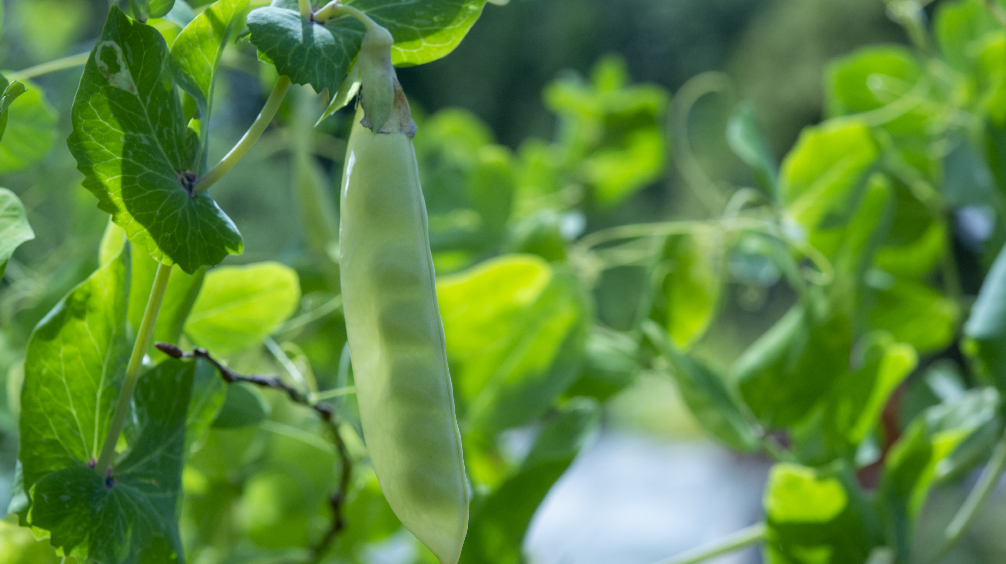
Carrots can be seeded any time between mid-October to the end of November for a winter harvest. For a spring harvest, sow them in January. Make sure the soil is nice and loose before planting, because if it’s too packed down, the carrot roots won’t be able to grow very long, and they’ll come out all stumpy.
When to Plant English Peas
Any time between October and the first week of January is a safe time to plant English peas, however, they are a bit more sensitive to frost. While frost isn’t something we see too often here in Southeast Texas, once in a while it can get a bit chilly in the winter evening, so if the forecast calls for overnighht frost, you’ll want to cover your pea plants with an insulating material to help protect them.

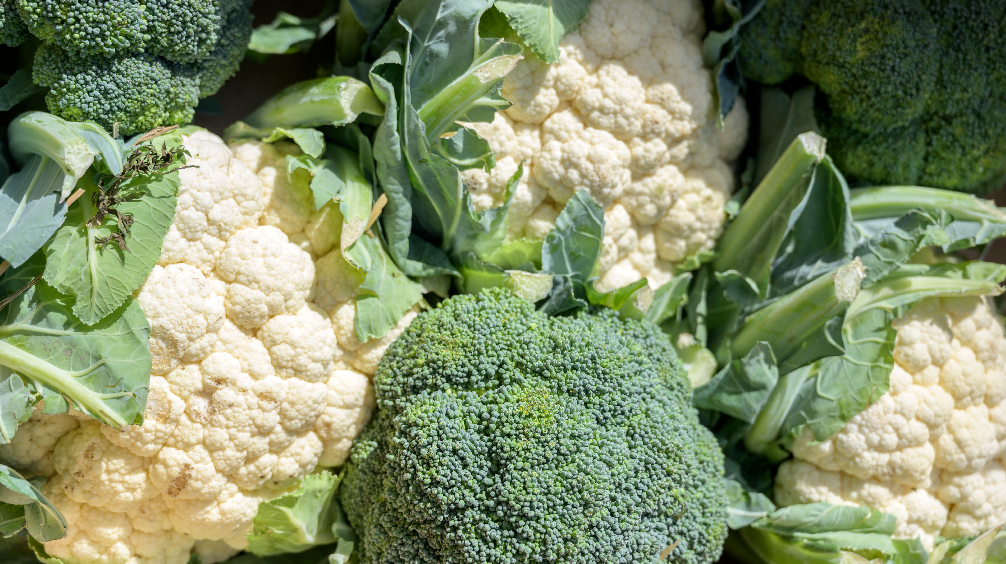
When Do I Plant Cabbage and Other Cole Crops
Cole crops are winter-hardy veggies that don’t like too much heat, and can usually withstand a little bit of frost (but nothing too major). Other popular cole crops include broccoli, cauliflower, and kale. For a winter harvest, transplant some starters sometime before mid-October, and they should be ready for the holidays. For a spring harvest, you can direct-seed cold crops in mid-January, but you’ll get to enjoy them sooner if you start your seeds indoors in late-December, then transplant your seedlings in early February.
When to Plant Winter Potatoes
Potatoes need nice, cool soil to properly mature, so you can definitely get a good harvest out of them if you plant soon. For a winter harvest, you’ll want to get your starters in the ground ideally by the first week of October at the latest. For a spring harvest, aim for around the end of December or beginning of January.
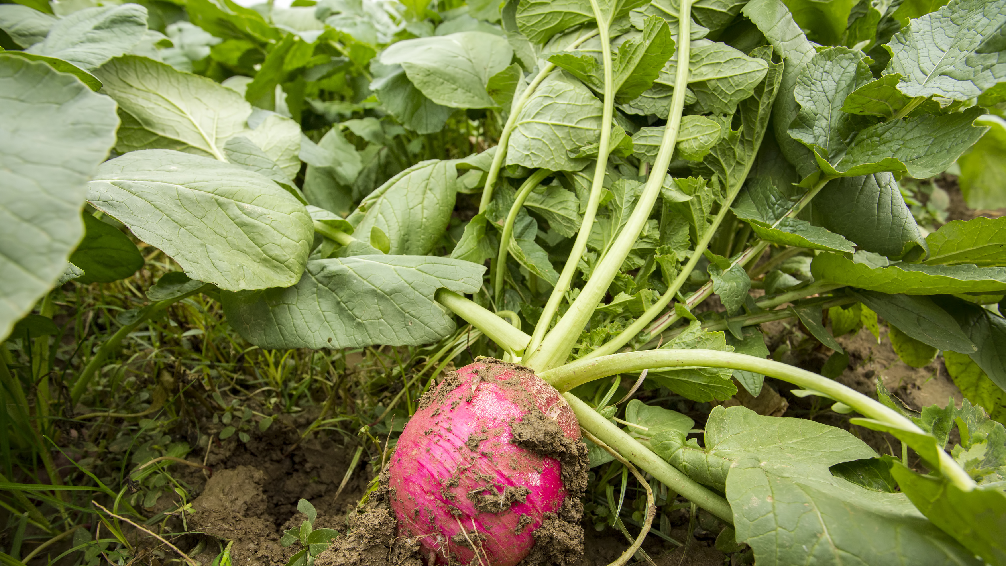
Honestly, you can pretty much direct-seed radishes any time during the fall or winter. They mature so quickly (sometimes in just one month!) and they tend to bolt during the hotter months, so you can stagger your seeding through October til March for a constant snack source. Hot tip: if you find yourself with more radishes than you know what to do with, pickle them with some rice vinegar and a bit of sugar. They are the perfect spicy-sweet topper for chicken and waffles!
When To Plant Rutabaga
For a winter harvest, plant rutabaga around the first week of October. You can plant them later in the season as well, so long as the soil is loose and workable. The ideal temperature for them to grow in is 50-65 degrees, so you won’t have to worry about it getting too chilly for them to develop properly.
For more information on planting fall and winter crops and cool-weather vegetables, visit us at Plants for All Seasons and talk to one of our experts! We’ll be happy to hook you up with some sweet starter plants and seeds for a booming veggie garden.

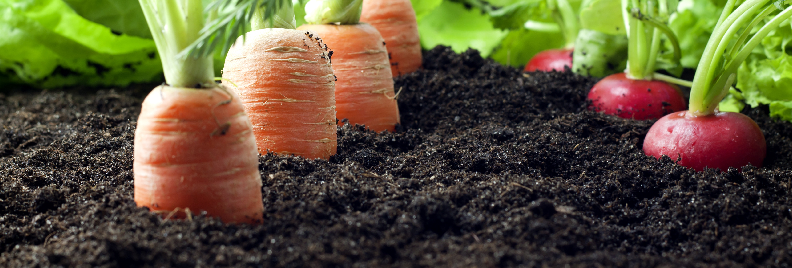
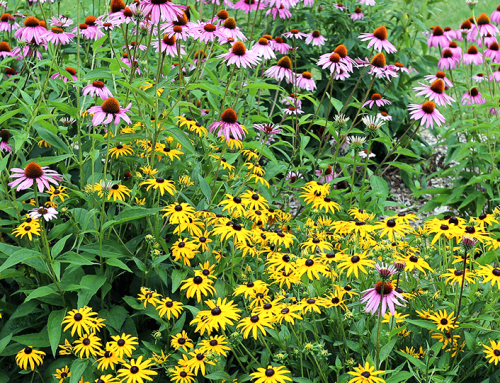
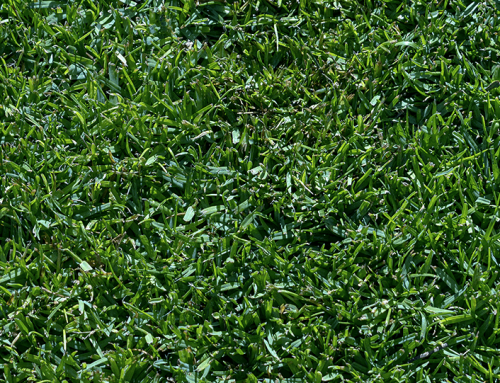
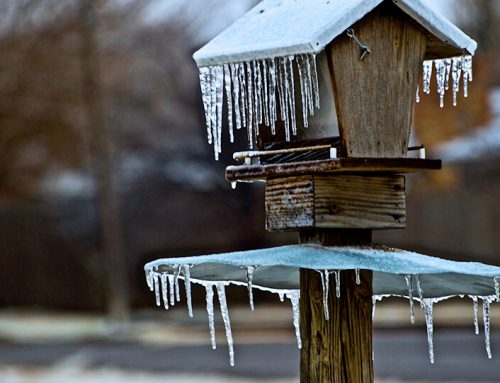
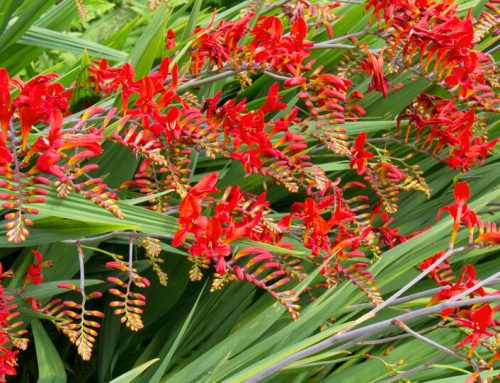
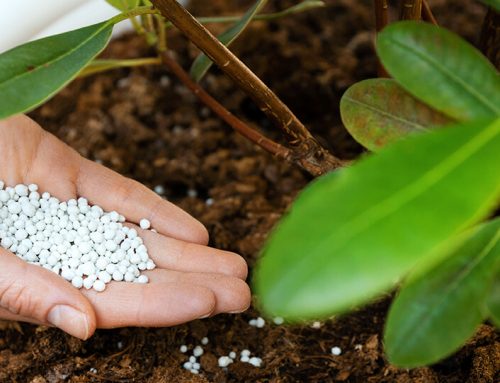
Leave A Comment